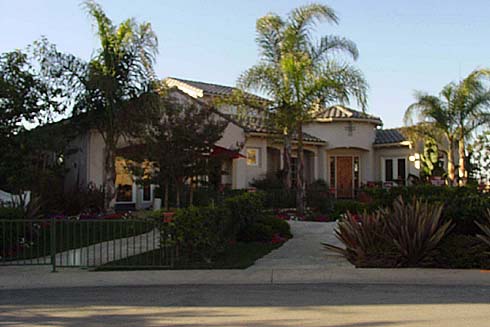DISTRICT
Understanding Districts in Real Estate
In the realm of real estate, the concept of a district plays a pivotal role in defining and categorizing neighborhoods based on their predominant land uses. This classification serves as a fundamental framework for urban planning, zoning regulations, and the development of vibrant, cohesive communities.
Diverse Land Uses
Districts encompass a diverse array of land uses, each contributing to the unique character and functionality of a neighborhood. These may include:
Commercial Districts:
Characterized by a prevalence of retail establishments, restaurants, and other commercial enterprises, these districts serve as hubs of economic activity and consumer engagement.
Multifamily Districts:
These areas primarily feature residential properties such as apartment buildings, condominiums, and townhouses, catering to a diverse spectrum of housing needs within urban and suburban landscapes.
Industrial Districts:
Focused on accommodating manufacturing facilities, warehouses, and other industrial operations, these districts are vital for supporting economic production and logistical activities.
Urban Planning and Zoning
The delineation of districts is integral to urban planning and zoning initiatives, guiding the allocation of land for specific purposes and regulating the permissible uses and development standards within each district. This approach fosters organized and sustainable urban growth, optimizes resource utilization, and promotes the harmonious coexistence of diverse land uses within a city or town.
Community Development
By recognizing and delineating districts based on land use, real estate stakeholders, urban planners, and local authorities can collaboratively work towards nurturing well-balanced and vibrant communities. This approach facilitates the creation of neighborhoods that seamlessly integrate residential, commercial, and industrial elements, thereby enhancing livability, economic vitality, and the overall quality of life for residents.
By recognizing and delineating districts based on land use, real estate stakeholders, urban planners, and local authorities can collaboratively work towards nurturing well-balanced and vibrant communities. This approach facilitates the creation of neighborhoods that seamlessly integrate residential, commercial, and industrial elements, thereby enhancing livability, economic vitality, and the overall quality of life for residents.
Conclusion
The concept of districts in real estate underscores the significance of harmonizing land uses to foster thriving and sustainable communities. By meticulously categorizing neighborhoods based on their predominant land uses, urban planners and real estate professionals can contribute to the creation of dynamic and cohesive urban landscapes that cater to the diverse needs of residents and businesses alike. Embracing the multifaceted nature of districts empowers stakeholders to shape cities and neighborhoods that are not only functional and efficient but also enriching and inviting for all who inhabit and utilize them.
MORE REAL ESTATE TERMS
A, B, C, D, E, F, G, H, I, J, K, L, M, N, O, P, Q, R, S, T, U, V, W, X, Y, Z
Featured New Home

Featured Mortgage Brokers
- GUARANTEED RATE INC, PARSIPPANY, NJ
322 ROUTE 46 STE 170
PARSIPPANY, NJ 7054 - BANK OF ENGLAND, OLD SAYBROOK, CT
44 POND RD
OLD SAYBROOK, CT 6475 - M AND T BANK, CHEEKTOWAGA, NY
80 HOLTZ DR STE 2
CHEEKTOWAGA, NY 14225 - EQUITY LOANS LLC, NEW CITY, NY
216 CONGERS RD STE 3A
NEW CITY, NY 10956 - LEGACYTEXAS BANK, PLANO, TX
5000 LEGACY DR FL 1
PLANO, TX 75024